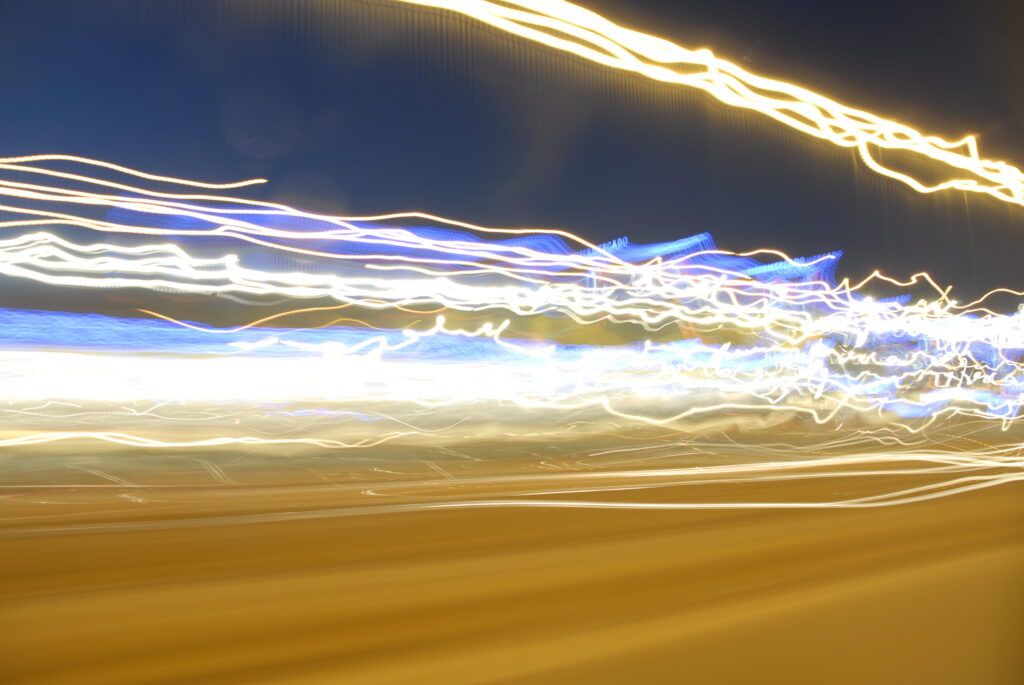The fight or flight response is a series of physiological changes that get triggered in a person’s body when the person is in danger. People who have panic attacks experience the fight or flight response even when there is no real danger present. This causes most of the symptoms that constitute a panic attack or anxiety attack.
Stomach Upset, Diarrhea, Dry Mouth and Panic
If a person is in danger the body assumes it will have to use the arms and legs to fight the danger or run away. In response, the fight or flight response causes blood flow to the arms and leg muscles

to increase, to ensure that these muscles will get extra oxygen and nutrients. This, however, causes blood to be diverted away from the inner organs. As a result, the entire digestive process is slowed down. This can cause stomach upset, dry mouth and diarrhea.
Pounding Heartbeat during Fight or Flight
The heart starts beating much faster to increase circulation, since the body anticipates it will be working harder to service the muscles. Some people experience this as a pounding fast heartbeat, others experience it as skipped beats.
Shallow, Rapid Breathing in an Anxiety Attack
Breathing speeds up to allow the body to take in enough oxygen to keep up with the increased circulation of blood.
Hot Flushes and Sweating
The body heats up because it is working harder to circulate blood. The body sweats so it can cool itself down.
Feelings of Confusion During a Panic Attack
It is difficult to concentrate or focus during an attack of panic because the body is ready to act on instinct. All extraneous information is being filtered out and “tunnel vision” may be experienced.
Feeling of Going Crazy or Dying
This is a symptom of fight or flight is caused by a chemical change in the body. It alerts the person that something is wrong by causing a feeling of impending doom. However a panic attack cannot make a person die or go crazy.
Overwhelming Urge to Run Away
The brain gets a message that something terrible is about to happen and the person feels an overwhelming urge to run away. This is also a symptom of a panic attack that would motivate the person to take action if they were in danger.
Other Symptoms of Panic and Anxiety Attacks
The remaining symptoms of panic and anxiety attacks are due to the shallow, rapid breathing triggered by fight or flight. The person having a panic attack may feel like he or she cannot get enough air, or may experience a smothering or choking sensation due to hyperventilation. Another symptom is chest pain, which can be caused by muscle spasms in the chest due to the muscles working harder to help the person breathe faster.
Some of the other symptoms caused by shallow breathing during an anxiety attack are:
- numbness,
- tingling,
- feelings of derealization (feeling detached from your surroundings) and depersonalization (feeling detached from your body),
- lightheadedness,
- dizziness,
- feeling faint,
- shaking.
Because shallow breathing causes many of the symptoms, breathing instruction is a significant part of Panic Disorder treatment. If a person can learn to take control of their breathing, they can prevent the development of many uncomfortable symptoms and lessen the severity of the anxiety attack. This is only one step in treatment though, deep breathing by itself is not a cure.
People with these Symptoms Should Seek Help
Any time a person experiences troubling symptoms they should consult a medical doctor and/or mental health professional. There are benefits to treating Panic Disorder early on, so it is important to be properly diagnosed.
The information in this article is for general information purposes only and is not intended to be personal mental health or medical advice, diagnosis or treatment. People who experience symptoms should see their doctor.
©Lisa C. DeLuca, all rights reserved. It is a violation of copyright law to reproduce this work on the web or for profit without written permission from the author. This article was originally published on the web in 2008. Please contact the author with your reprint request.
